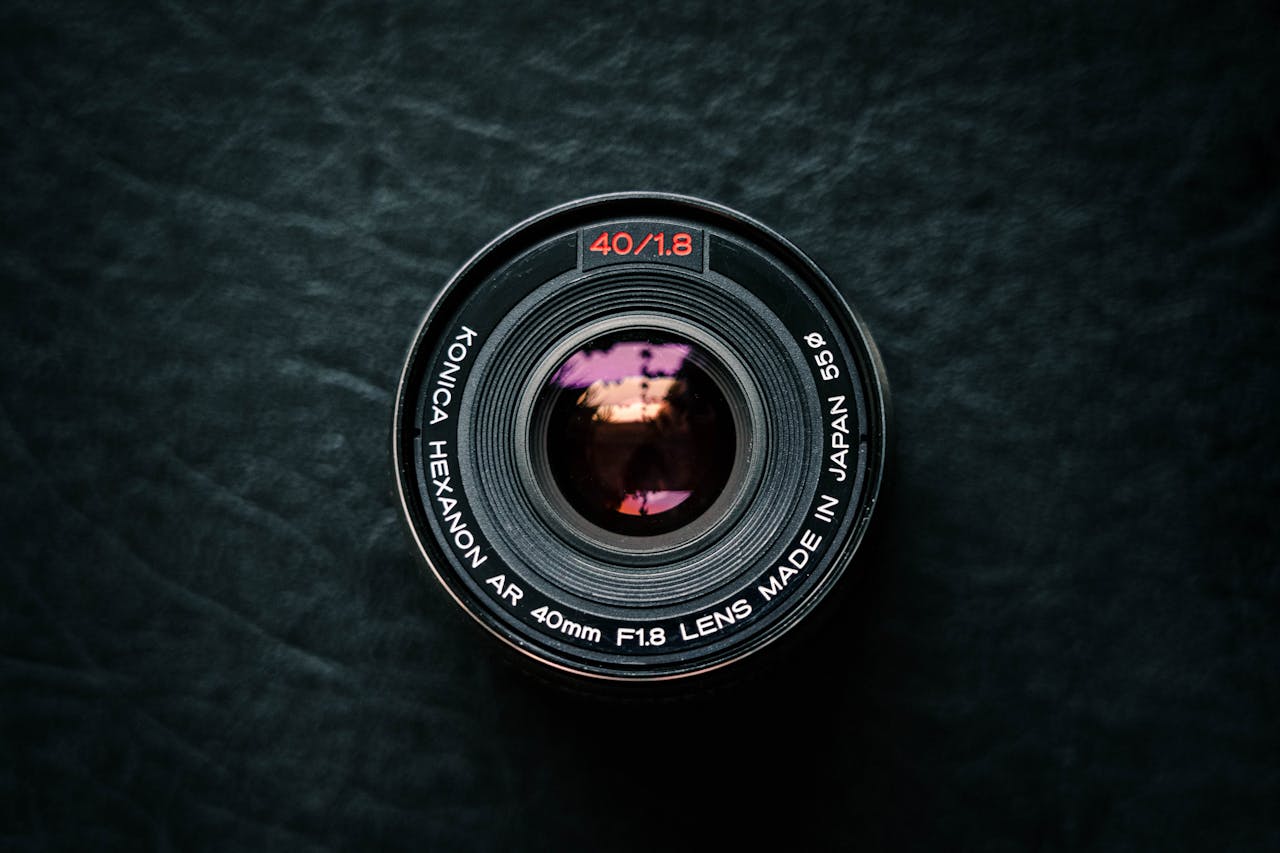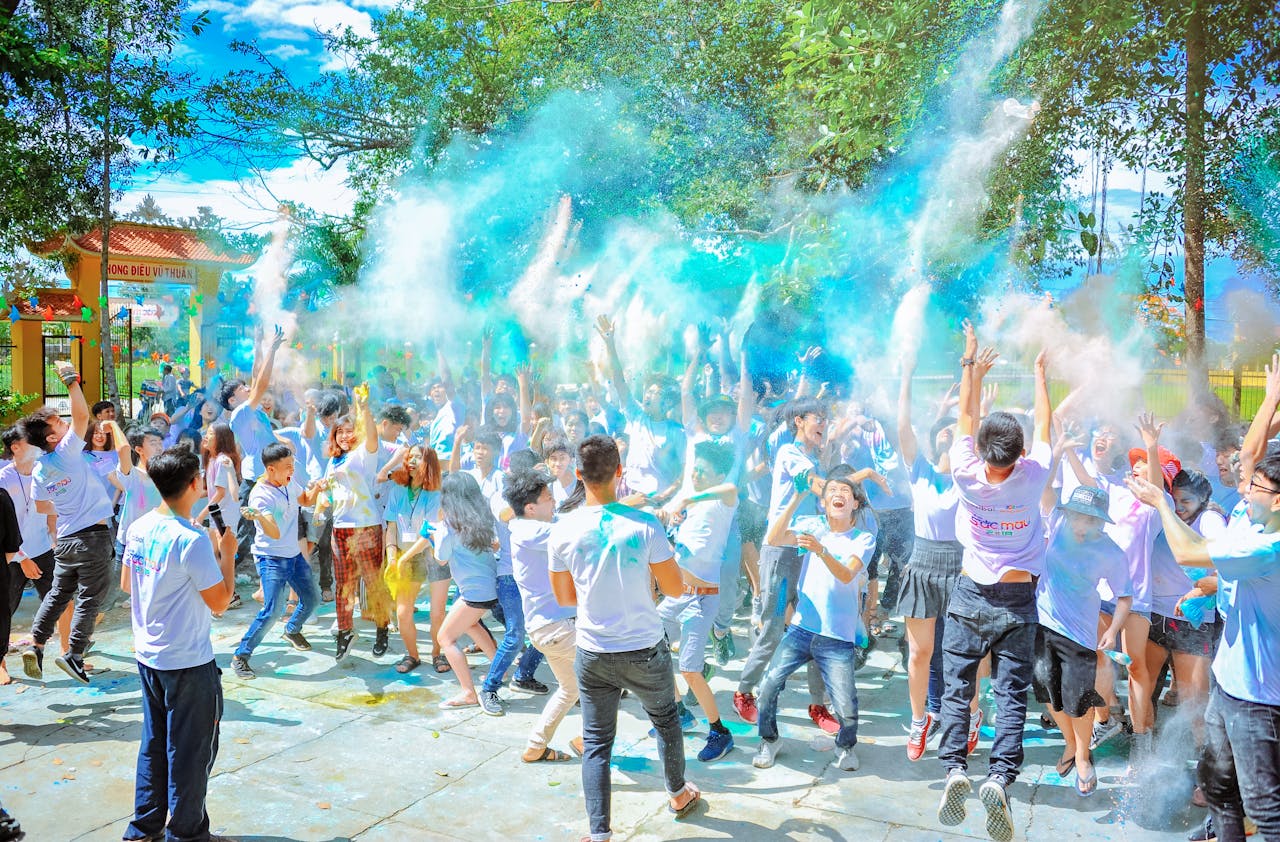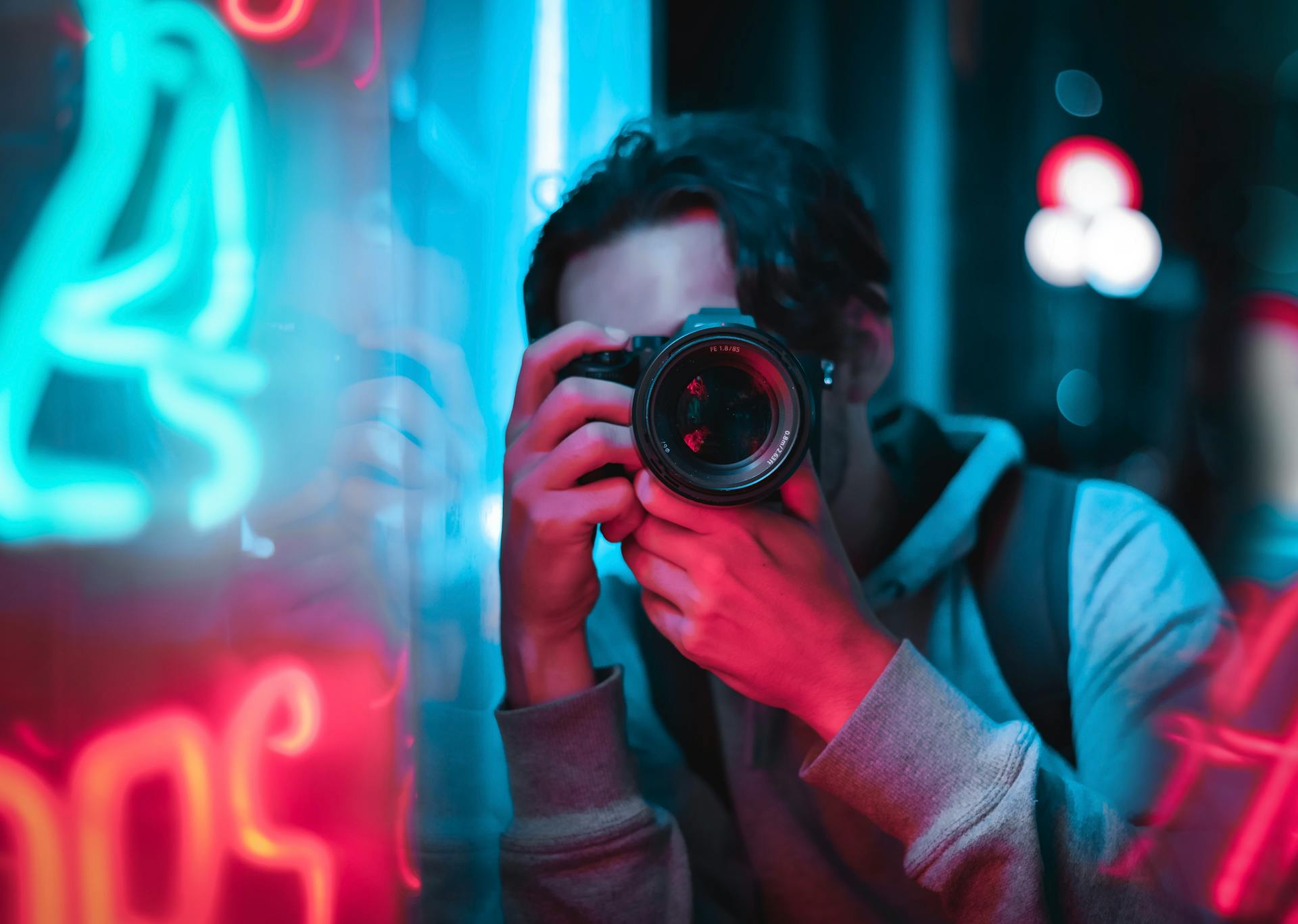Photography is fun, exciting, and a great hobby to practice. But, it is inevitable to feel a slump after a long while especially for beginner photographers.
You take photos one after another and after a while, you hit a plateau.
Then you wonder, what are the best photography exercises to improve skill? Exercises that will help you get over the plateau.
We are here to help you with that. Here are the best exercises you can do to improve your photography.
Best Photography Exercises to Improve Skill
1. Manual Focus Practice

Mirrorless cameras are all around these days and one thing you can do with them is to attach a manual focus lens or adapt old film lenses. This is a great way to explore different focal lengths without breaking the bank.
One thing you can do to improve your skill and familiarize yourself with the manual lens you have is to practice constant focusing.
Hang a bottle in an open area where it can swing in all directions. Once set, swing the bottle back-and-forth and practice nailing the focus as it swings forward and backward.
This exercise helps you familiarize yourself on the amount of twists you need to do on the focus ring to nail a shot at different distances.
Moreover, if you have a spot and you want a larger object, you can tie a rope around an old tire and use it instead of a bottle.
That way, you can move further or closer back at an open area giving you more space to move around.
Besides, you may also swing it left and right or diagonally for a more challenging task.
2. 15 Steps at a Time

This exercise is best done in a place where it's safe to walk around. Here's how this photography exercise goes.
Find a spot in a park, at home, or anywhere you want to.
Take a photo from that spot. Feel free to look around and explore your options. You can go down low or take high-angle shots as long as you stay on that one spot.
After that, take 15 steps from where you are and repeat the whole process. Repeat these 15 more times.
What you are training here is finding creative composition or shots at a limited area. This exercise will challenge you to find obscure and uncommon angles that you might not have thought of if you have the freedom to move around.
3. One Color, One Day

For instance, you got the color yellow. Then you go out and take photos of a yellow cab or a yellow fire hydrant.
The possibilities are endless on what to photograph.
This exercise gives you the opportunity to look at the details. It will also challenge you to compose an image that will highlight the color you chose.
4. Explore One Focal Length at a Time

Prime lenses are great as they provide excellent image quality at the expense of the ability to zoom. If you have one, try to stick to a focal length for a week and see what you can accomplish with it.
But what if you don't have a prime lens? Don't worry. You can always set your zoom lens to your desired focal length and stick to it as much as possible. Stick a tape on the zoom ring to prevent it from spinning is also another option.
Besides practicing creativity, this exercise also allows you to evaluate the type of shots that you take.
Doing so also gives you an insight on to what type of lens you should purchase next. This is true especially for beginner photographers who are still stuck with their kit lens.
5. Guess the Exposure

This exercise is a little tricky for beginners who have no idea how the exposure triangle works. But for seasoned photographers, it is a good exercise to determine which settings to use at a glance.
All you have to do is to set the shutters peed, ISO, and aperture before taking a shot. Then check whether you are close enough to the right exposure determined by the camera.
This activity is similar to the Sunny16 rule wherein you have a baseline for every photography scenario.
Related post: Understanding Sunny 16 Rule in Photography
6. Rotate your Lens selection

Beginner photographers often have the kit lens, a prime, or another long-range telephoto zoom. Experienced photographers have a plethora of equipment to choose from.
Among these lenses, there are surely one or two that are set aside or not used as much as the others.
What you can do is to pick a lens you haven't used in a while and shoot with it for a week.
Again, our goal here is for you to engage those creative juices and see what unique images you can take with these lenses.
It is a great way to deviate from the usual comfort lenses that you use.
Take portrait photos with an ultrawide lens or take landscape photos with a 200mm lens. It's about maximizing the equipment you currently have.
Related post: What is the holy trinity of lenses?
7. Shoot with Intent

Before going out for a photo session, have you tried asking yourself, "what am I going to shoot today?".
If you haven't, then it is time for you to ask yourself that question.
What is your intent for the day?
Set a goal before going out and stick to it. The goal doesn't need to be complicated. It just needs to be there as a guide on what you should be shooting for the day.
There are several things you can focus on each day. It could be bokeh, reflection, texture, contrast, leading lines, and many more.
8. One subject for a month

This will be challenging since by the third day you might have run out of ideas on how to shoot an object of your choice.
But, that's the beauty of photography. You create something extraordinary out of the ordinary.
Pick an object that is easy to shoot and practice with it. Take a photo of your subject once a day. Be creative, explore different focal lengths. Try different lighting techniques. Maximize your time with that subject.
9. Practice at Events

There are tons of events happening around you. Some are public where you can easily drop by and take some shots.
Checkout Facebook Events and the activities near you will show up listed.
Just make sure that there are no photography restrictions. Also, observe proper photography etiquette and do not disturb the actual event.
10. Look at Photography

Check out different photos taken by top-notch photographers around the world. If you are clueless, check out the ambassadors of the brand that you are using. Visit their website and analyze how they create their photographs.
Is there a specific framing technique? How's the color grading? Are they focused on one focal length?
Instagram is also a great way to explore photographs. However, it can be tricky sometimes since the app has turned reel-centric.

